During more than two years at Davis camp (January 28, 1973 - April 30, 1975), nearly 300 officers and soldiers of two military groups forced the enemy to comply with the Paris Agreement.
On January 27, 1973, the Paris Agreement on ending the war and restoring peace in Vietnam was signed by four parties: the Provisional Revolutionary Government of the Republic of South Vietnam, the Government of the Democratic Republic of Vietnam, the United States and the Republic of Vietnam.
According to Article 10 of the agreement, the two military delegations, including the Government of the Democratic Republic of Vietnam (Delegation A) and the Provisional Revolutionary Government of the Republic of South Vietnam (Delegation B), were responsible for ensuring that the parties strictly complied with the agreement. The most important of these were the ceasefire, the withdrawal of US troops, and the exchange of prisoners of war between the two sides.
Groups A and B have been operating under the Joint Military Commission since January 28, 1973. The headquarters is located at Davis Camp, a former US military camp, now in Ward 4, Tan Binh District, Ho Chi Minh City. The camp is surrounded by bunkers, gun emplacements, deep trenches and barbed wire fences, adjacent to the runway of Tan Son Nhat Airport.
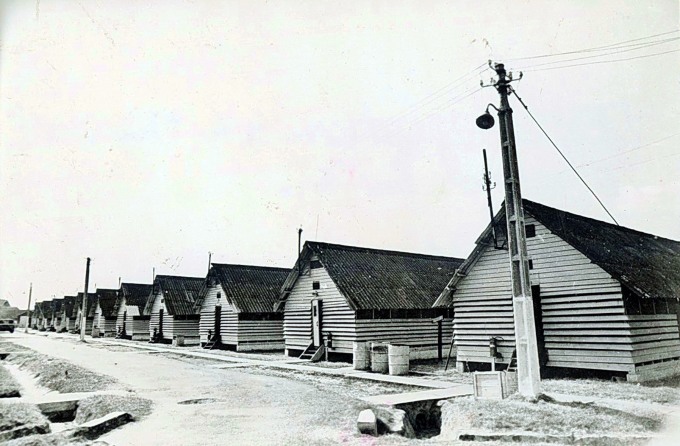
Camp Davis cabins were assigned to the Joint Military Commission in 1973. Photo: Camp Davis Veterans Liaison
Colonel Dao Chi Cong was then a foreign affairs officer, fluent in both English and French, assigned to work at the Office of the Military Delegation of the Provisional Revolutionary Government of the Republic of South Vietnam. Now nearly 80 years old, he still clearly remembers every event in the 823 days of operation at Davis Camp.
The camp has about 10 houses made of pine wood, with fiber cement roofs and all iron furniture. Under the scorching sun of Saigon, the room temperature is always around 40 degrees Celsius. Around the camp there are 13 guard posts, machine guns and lights constantly pointed at the inside of the camp, the sound of planes from Tan Son Nhat roaring day and night.
"During the inspection, security officers discovered dozens of recording and listening devices installed in the walls, floors and furniture. During more than two years here, the Saigon army always jammed the signals and tried to steal the content of secret phone calls," Mr. Cong recalled.
Therefore, security officers had to use metal detectors to remove all spy devices. To overcome the jammers, the delegation coordinated with the Ministry of Public Security to equip many types of modern communication devices to have smooth phone calls to Hanoi.
Working almost 24/7, for more than two years, the Joint Military Commission had nearly 1,000 diplomatic notes protesting and denouncing violations by the US as well as the Saigon government. The two delegations also held more than a hundred meetings at the head of delegation level and many subcommittee level meetings. Important military strategic information of the enemy was collected by Davis camp and transferred to Hanoi. One of them was that the Saigon government increased the activities of the F5 and F5E squadrons.
Mr. Vu The Cuong, then a reconnaissance officer at Davis Camp, said that in October 1973, he and his teammates discovered that the 3rd and 4th Air Divisions of the Saigon Air Force regularly requested Tan Son Nhat base to provide oxygen tanks for the F5 and F5E squadrons. If Tan Son Nhat did not provide enough, these squadrons would stop operating. At the same time, both the 1st and 2nd Air Divisions of the Saigon Air Force stationed in Da Nang and Pleiku also continuously requested Tan Son Nhat to provide oxygen tanks.
Asking the air force officer at Davis camp, Mr. Cuong learned that jet aircraft with high speed and aerobatic operations need oxygen to support the pilots' breathing. Only F-5 and F-5E regularly require oxygen tanks, aircraft such as AD-6 and A-37 do not. The fact that the Saigon air force constantly requested Tan Son Nhat base to provide oxygen means that "F5 and F5E aircraft operate densely on the battlefield".
Mr. Cuong went to meet the head of the delegation to report and was assessed as "a very important source of information". The information was then transferred to the campaign command in Hanoi. On November 5, 1973, the Southern Liberation Army heavily shelled Bien Hoa airport, damaging the oxygen production plant, causing heavy losses to the Saigon army. This attack also failed many plans to attack with F-5 and F-5E fighter jets.
Colonel Do Chi Cong talks about security and counterintelligence work at Davis camp. Video: Son Ha
Since October 1974, the Saigon government openly sabotaged the Paris Agreement, controlled and besieged Davis camp more tightly, and constantly threatened to use force. The Government of the Democratic Republic of Vietnam declared an indefinite suspension of the meeting of the Joint Military Commission.
Being controlled, both groups A and B continued to work, closely monitoring every move of the Saigon government, closely following the instructions of the campaign commander in Hanoi. In the morning, officers and soldiers still exercised, played tennis, and volleyball. In the afternoon, they took care of the vegetable garden and trees, cut their own hair, and sang to each other.
"We maintain a normal rhythm of life and work, showing optimism to the enemy that we are not afraid and determined to win the final victory by the right path," Colonel Dao Chi Cong explained.
From mid-March to April 1975, the Liberation Army won successive victories, and the two groups at Davis Camp clearly saw the prospect of a large army entering Saigon in the near future. It was not impossible that the Saigon army would destroy the two revolutionary military groups, and the safety of the 300 officers and soldiers at Davis Camp was a concern.
The Ho Chi Minh campaign command announced a plan to send commandos to Davis camp to pick up the group and take them to a safe place. However, after a meeting and careful analysis of the situation, the two groups' command agreed to ask their superiors to let them stay at Davis camp to fight. The reason was that nearly 300 people had to move 10 km in conditions where the enemy was surrounded, making it easy to be discovered and suffer great losses. If they stayed, the two groups would still have enough conditions to hold out and wait for the Liberation Army to come to their aid.
Journalist Nguyen Sinh, Nhan Dan newspaper, was a reporter for the Joint Military Delegation at Davis camp at that time, recounted that on April 18, 1975, the two groups began preparing for battle, turning Davis camp into an underground construction site, secretly deploying the battlefield. Regarding weapons, the two groups had 30 AK and CKC guns, each officer had a pistol and had just been supplemented with 2 anti-tank guns. The entire camp was divided into 7 combat areas, with 2 command posts, a medical bunker, and two food storage bunkers.
"With only two crowbars and a few shovels, we used iron stakes, daggers, and iron plates left by American soldiers to dig and shovel the soil," Mr. Sinh recalled.
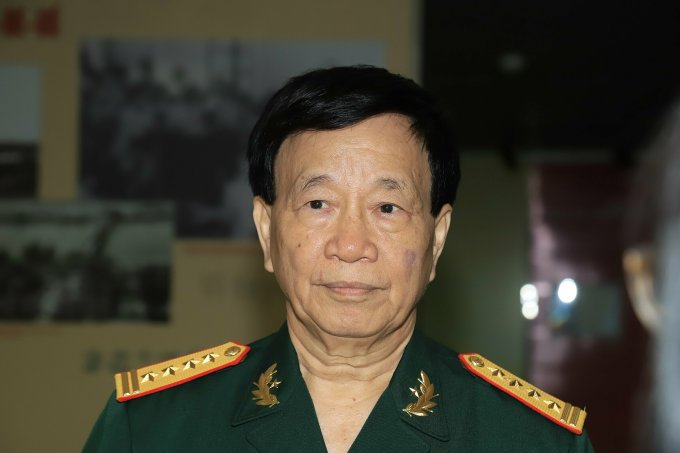
Colonel Dao Chi Cong, nearly 80 years old, still clearly remembers every event in the 823 days of operation at Davis camp. Photo: Hoang Phong
At 4:00 a.m. on April 29, 1975, the Liberation Army's artillery fired heavily at Tan Son Nhat Airport. Around Saigon, five Liberation Army wings tightened the siege. Some units began to enter the inner city. In the sky, dozens of American helicopters rushed to evacuate CIA agents, military advisors, and embassy staff.
At dawn on April 30, 1975, tanks of the Liberation Army poured through Tan Son Nhat Airport. "We were so happy that we cried. Everyone wanted to jump out of the bunker to witness our troops rushing into Saigon," Mr. Cong recalled.
On top of the Davis Camp water tower, the liberation flag flew, one of the earliest revolutionary flags in Saigon at 9:30 a.m. Two hours later, tanks of the Liberation Army crashed through the iron gate of the Independence Palace.
Talking about the achievements of the two military groups at Davis camp, the late General Van Tien Dung, Commander of the Ho Chi Minh campaign, said that in the general situation entering the Ho Chi Minh campaign, nearly 300 officers and soldiers at Davis camp also had their own position, standing openly and proudly in the midst of the enemy.
For their contributions during more than two years at Davis Camp, the Military Delegation of the Government of the Democratic Republic of Vietnam and the Military Delegation of the Provisional Revolutionary Government of the Republic of South Vietnam were awarded the title of Hero of the People's Armed Forces on April 20, 2012.
Source link


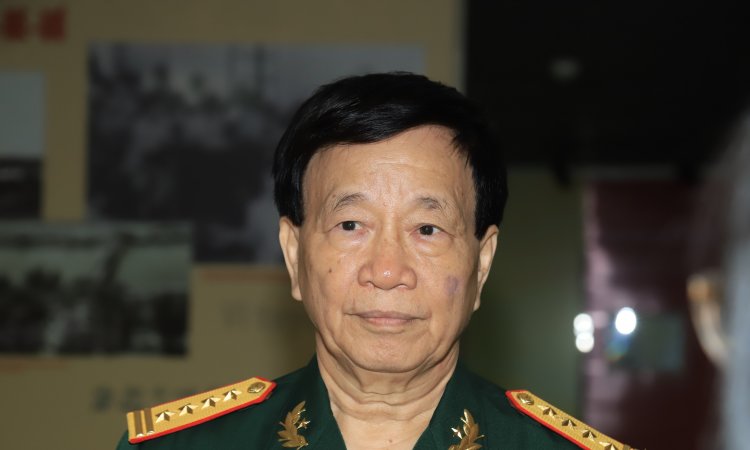
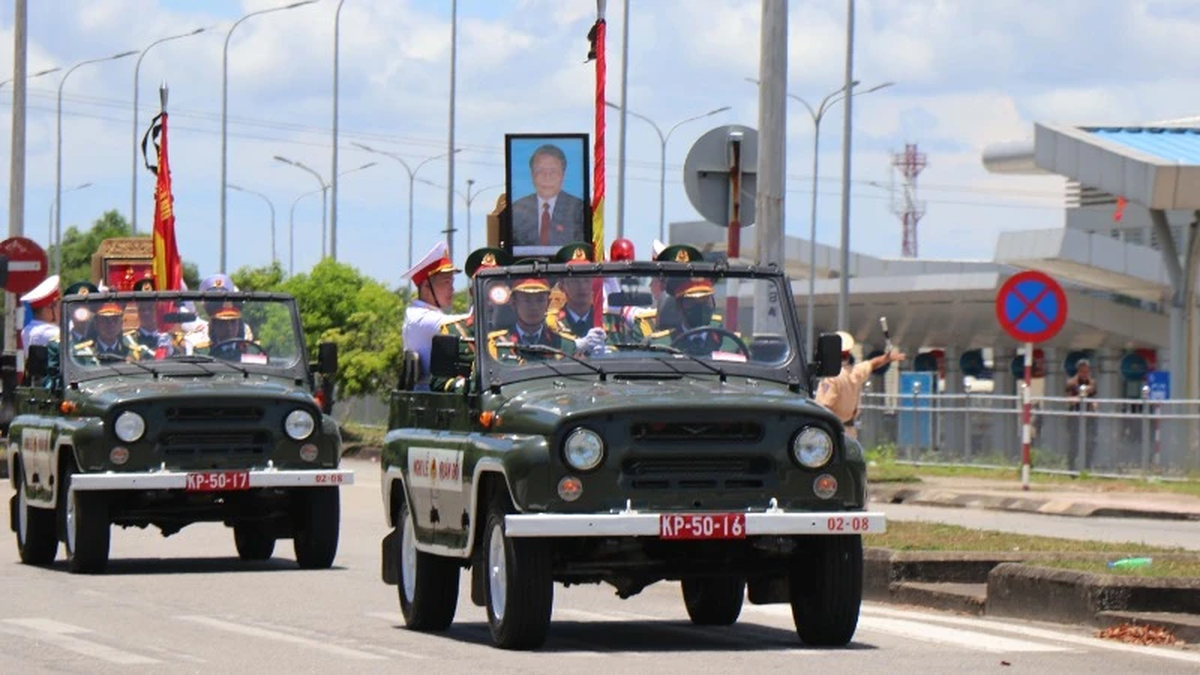

![[Photo] Funeral of former President Tran Duc Luong in Quang Ngai](https://vphoto.vietnam.vn/thumb/1200x675/vietnam/resource/IMAGE/2025/5/25/ccf19a3d8ea7450bb9afe81731b80995)
![[Photo] The coffin of former President Tran Duc Luong arrives in Quang Ngai](https://vphoto.vietnam.vn/thumb/1200x675/vietnam/resource/IMAGE/2025/5/25/1f1aca0d92ab47deae07934e749b35e6)
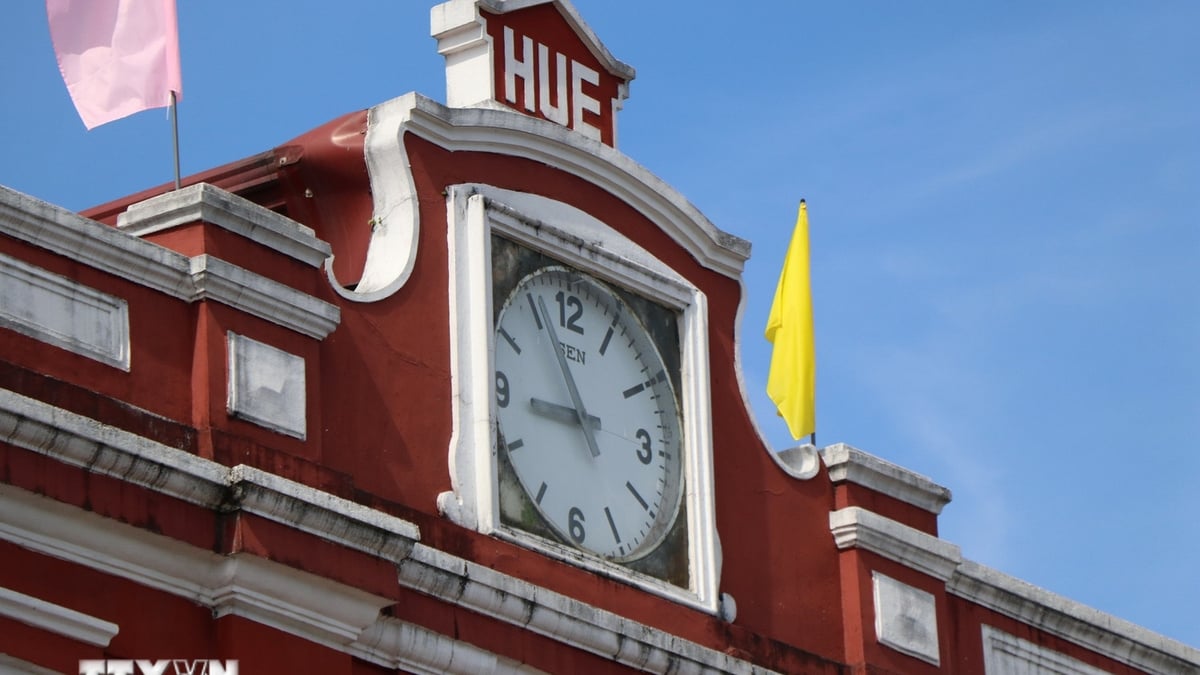
![[Photo] Welcoming ceremony for Prime Minister Pham Minh Chinh and his wife on an official visit to Malaysia](https://vphoto.vietnam.vn/thumb/1200x675/vietnam/resource/IMAGE/2025/5/25/dc30203c3ae24da3990266ec3b29bb2d)




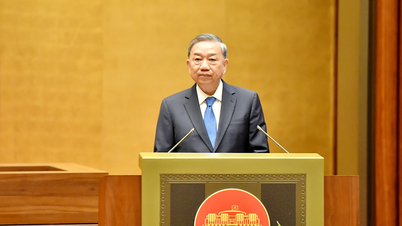

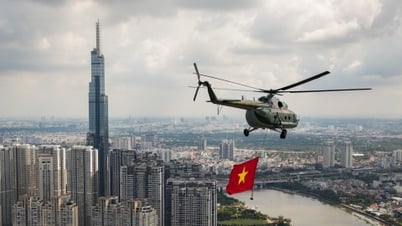

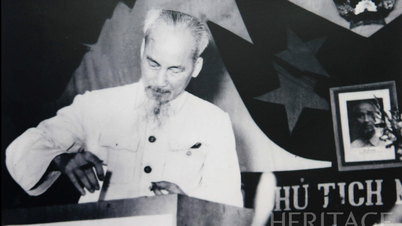
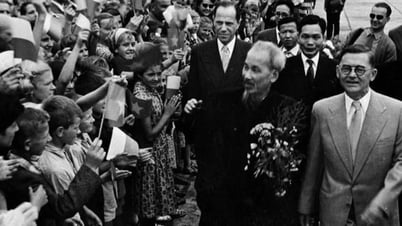






































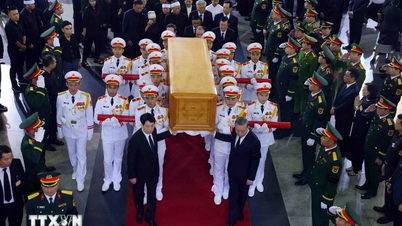
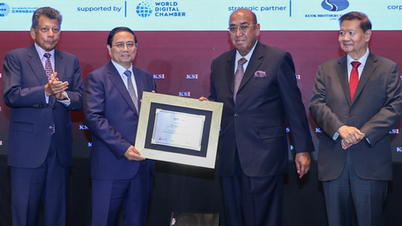
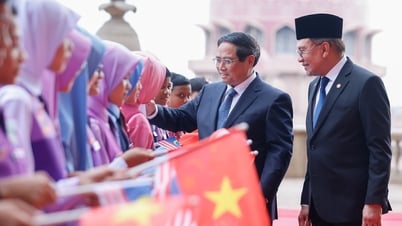
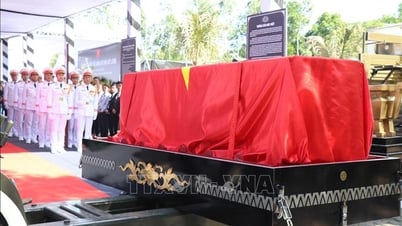













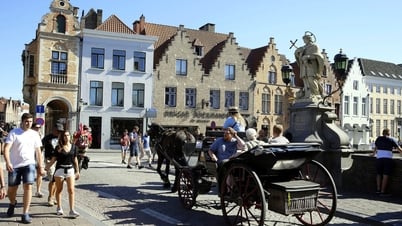

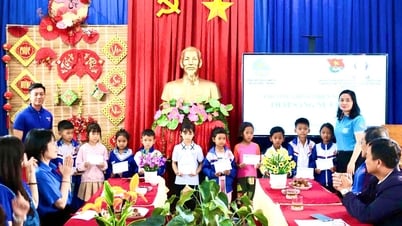

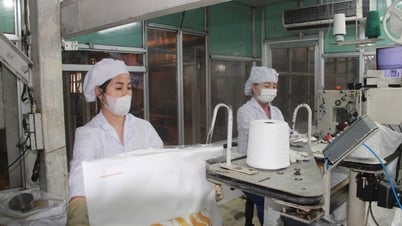

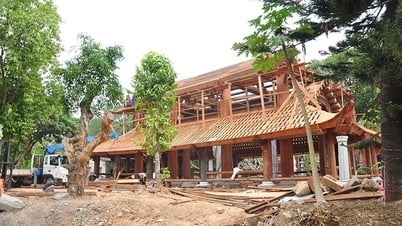









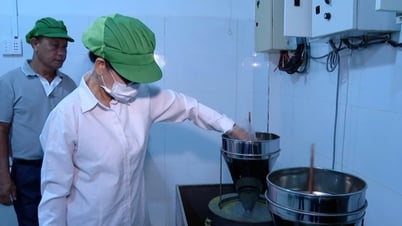

Comment (0)